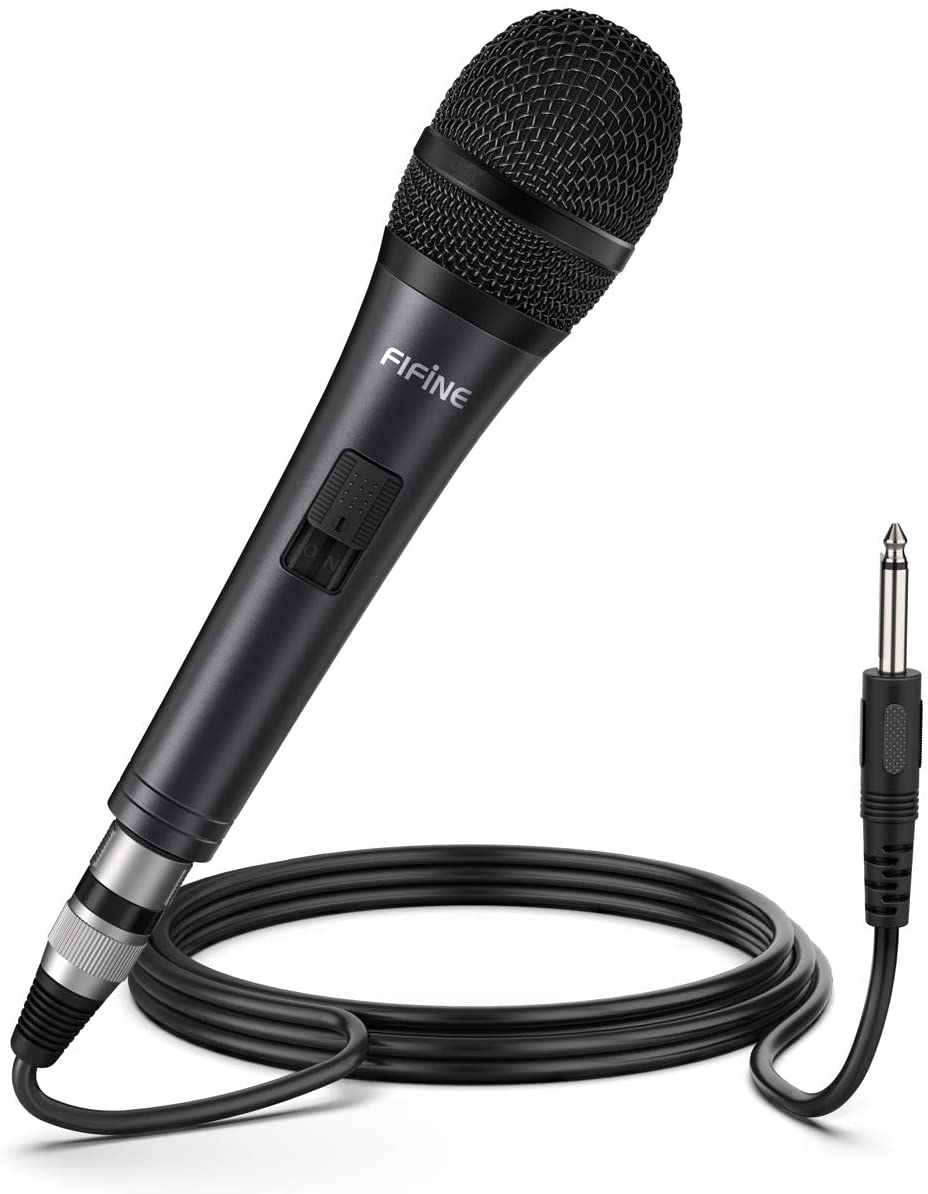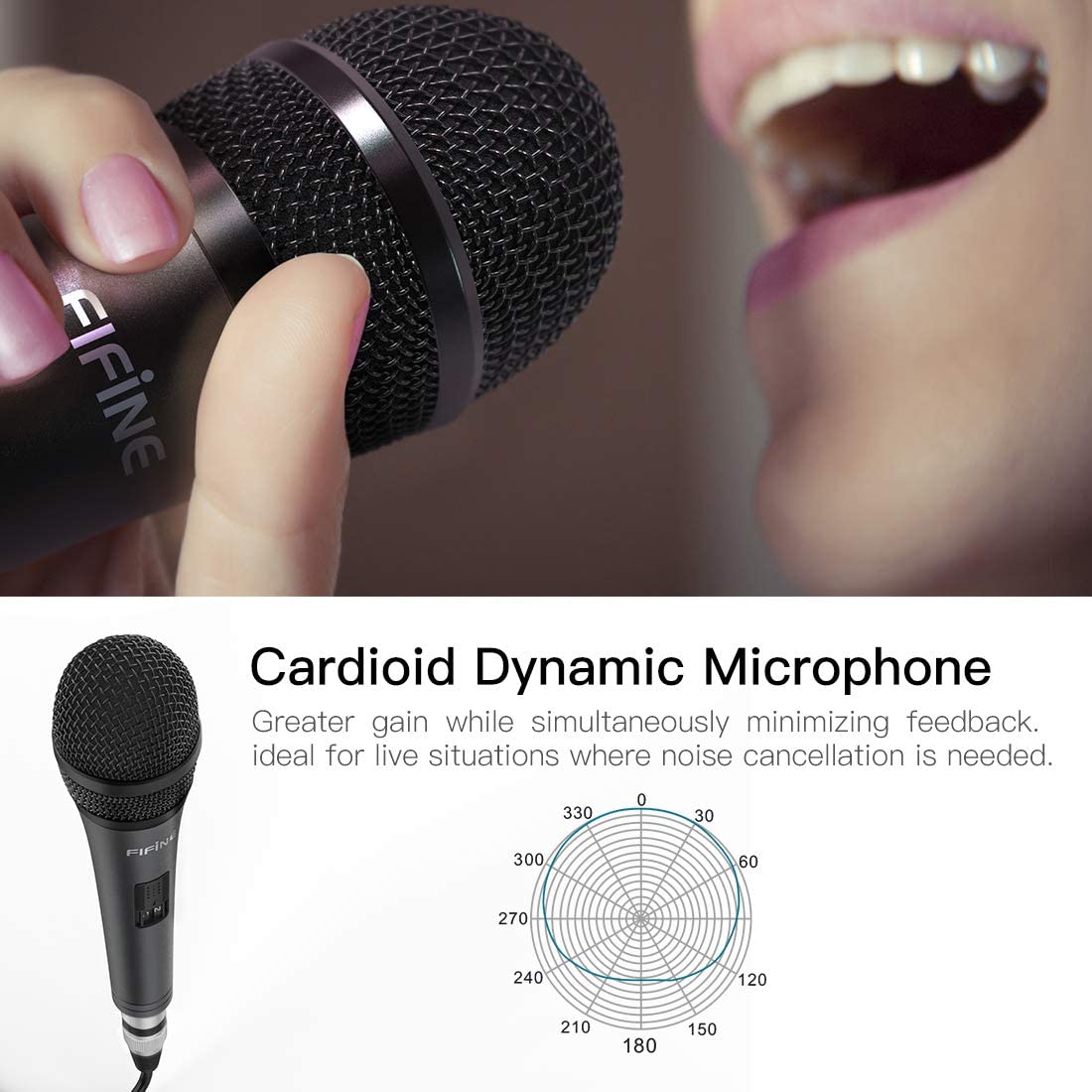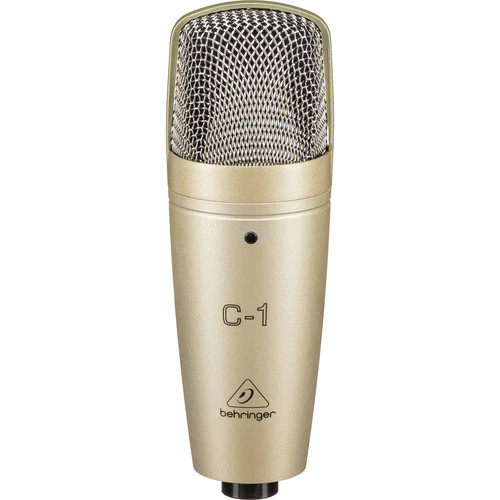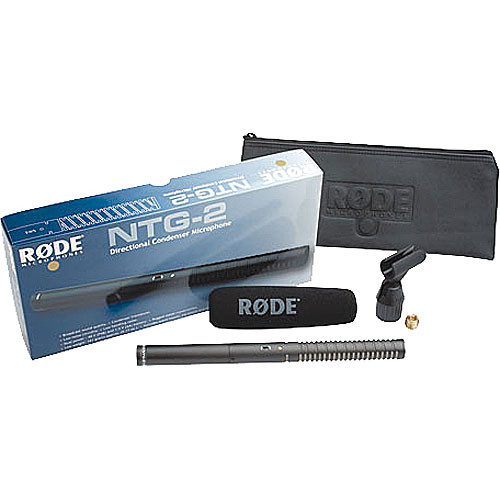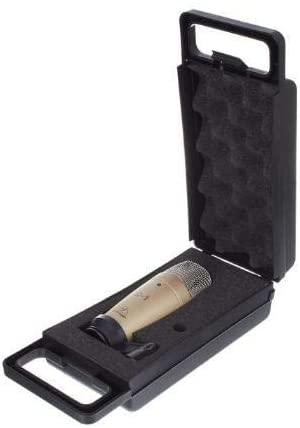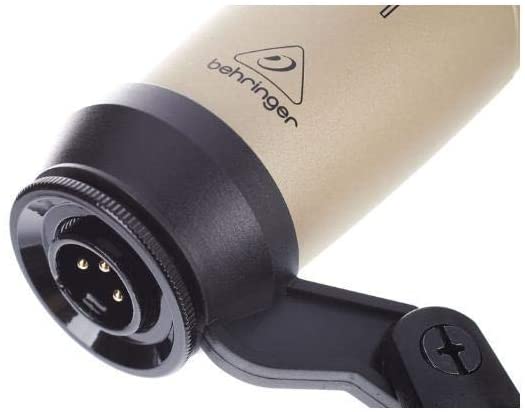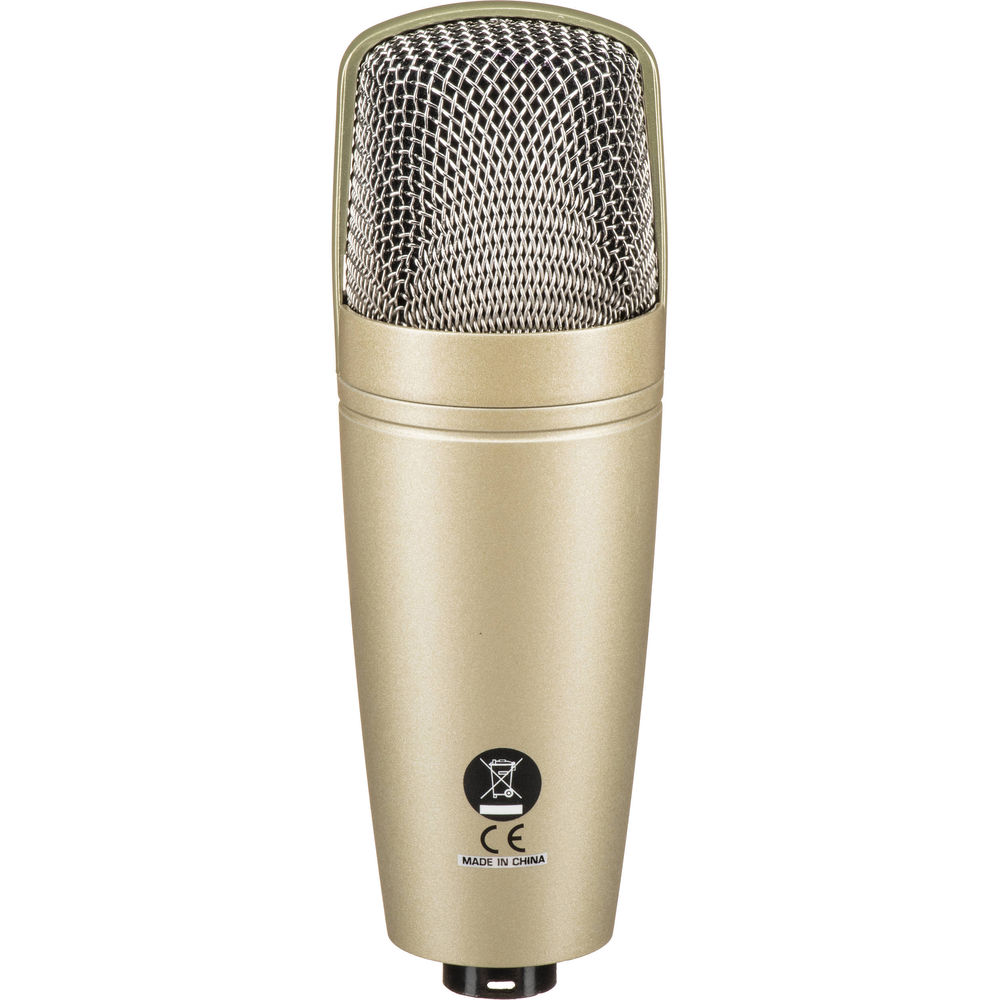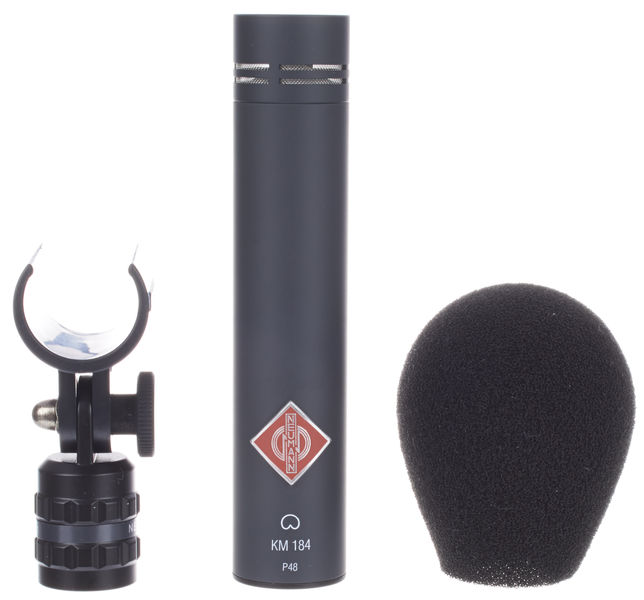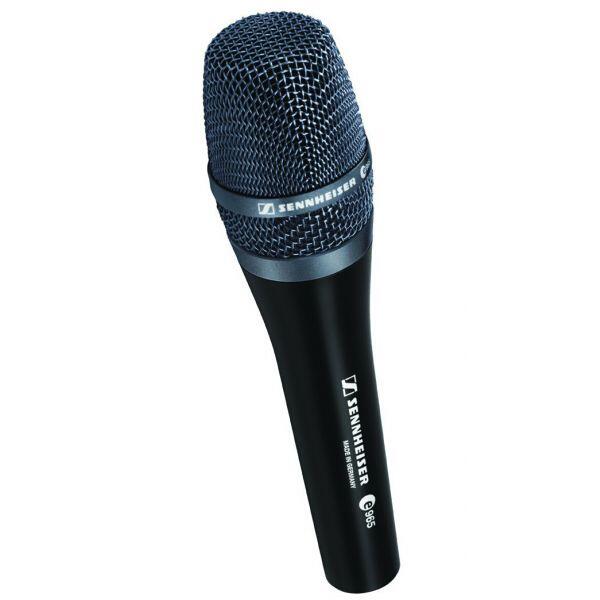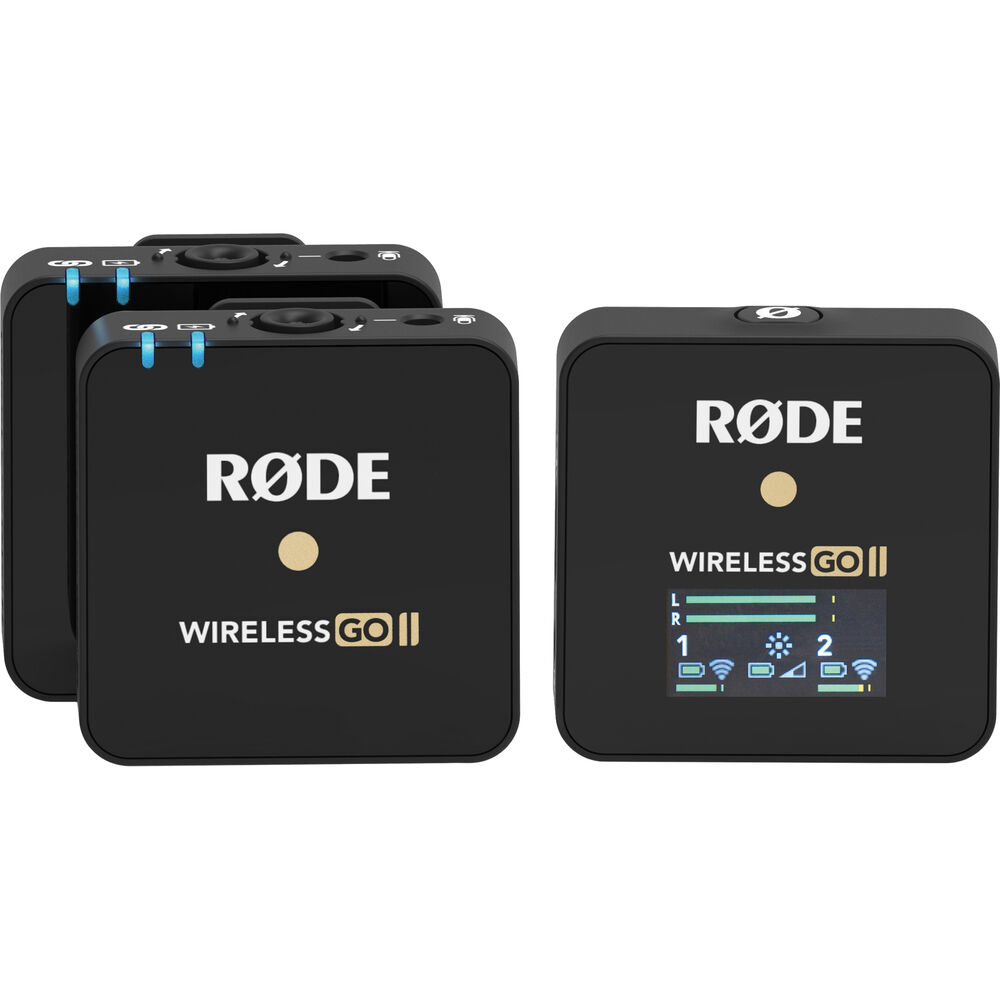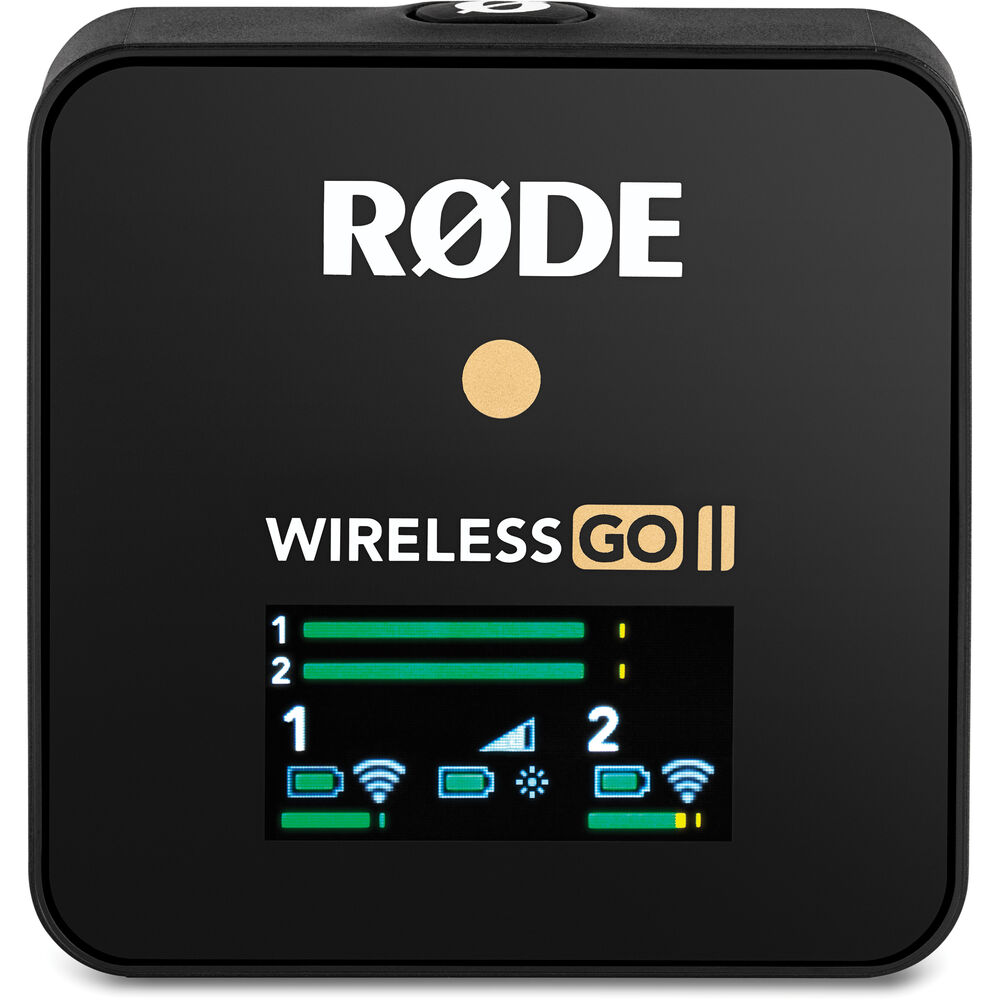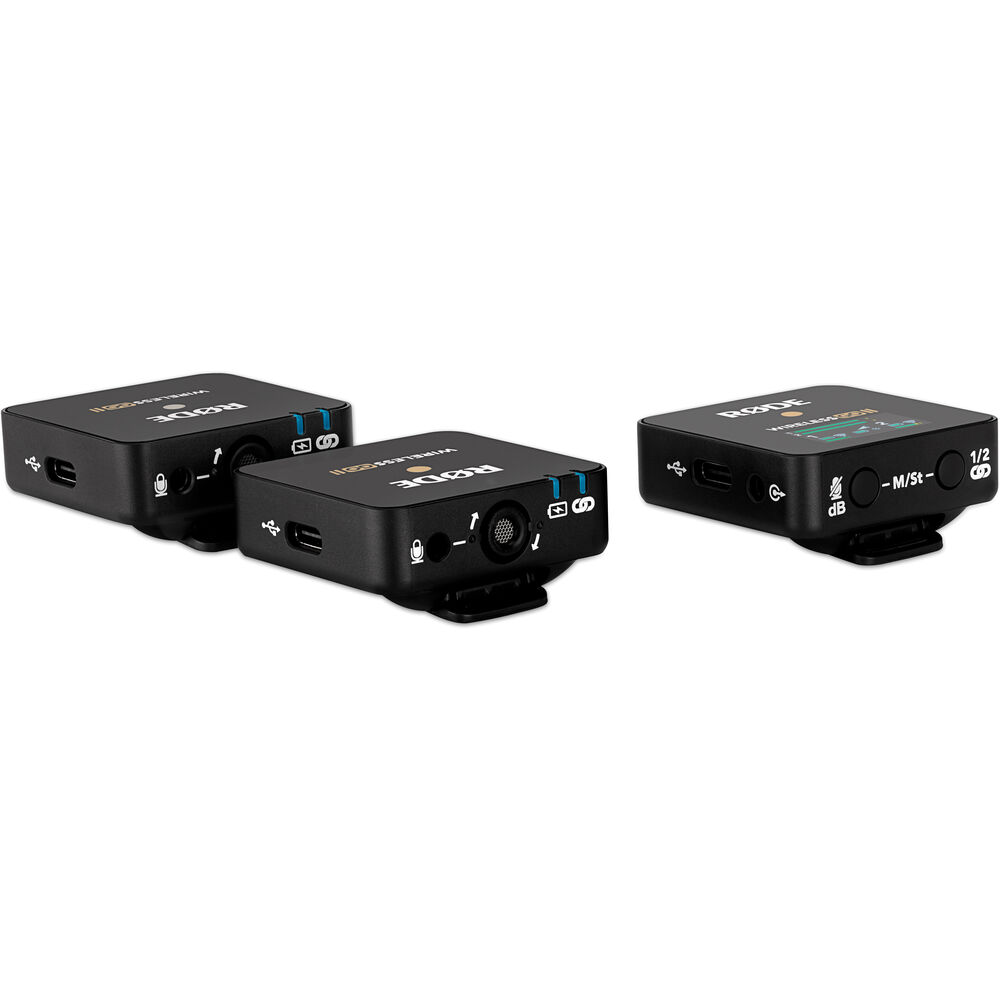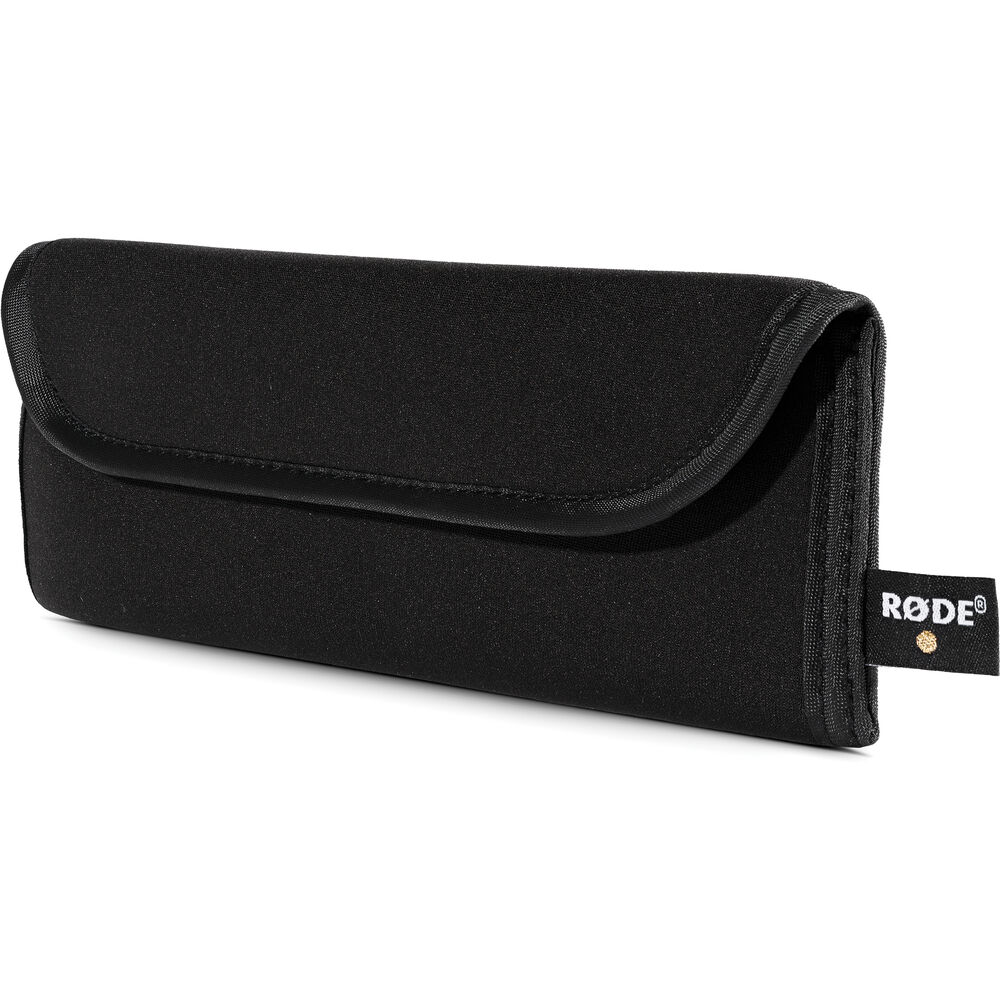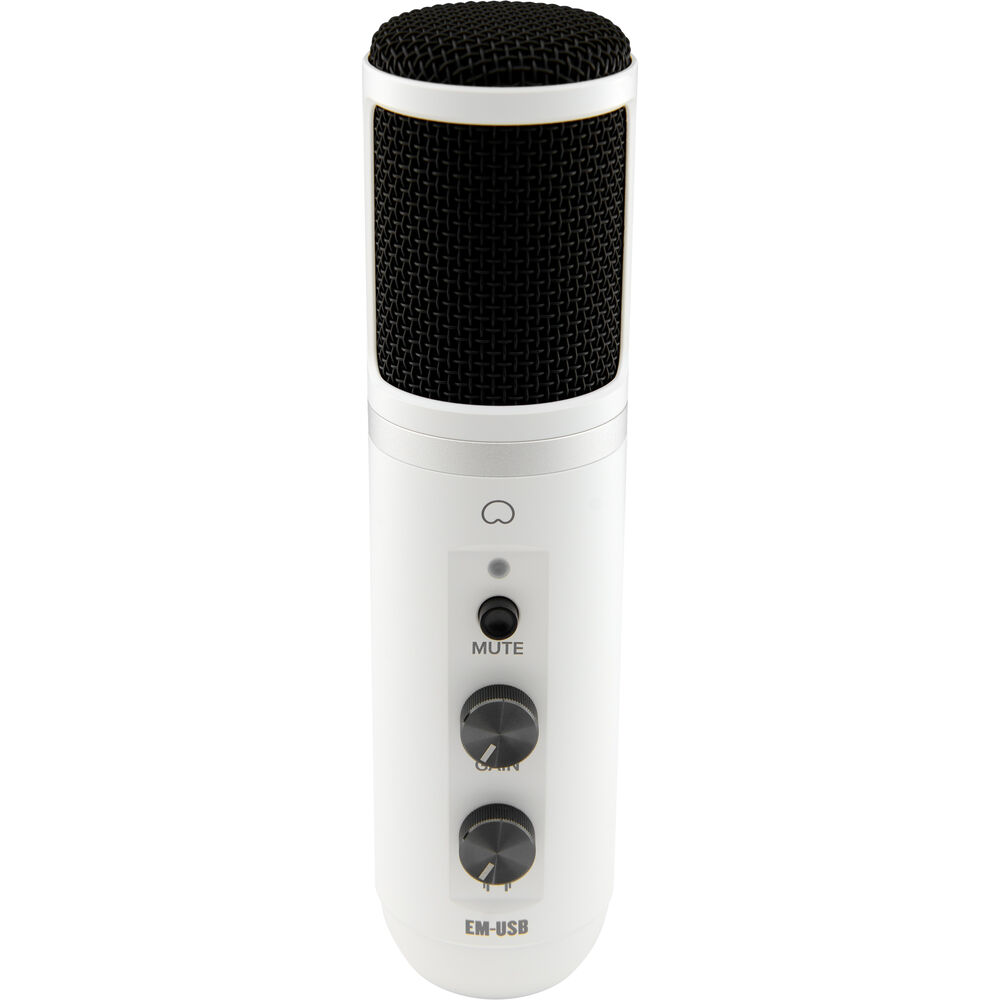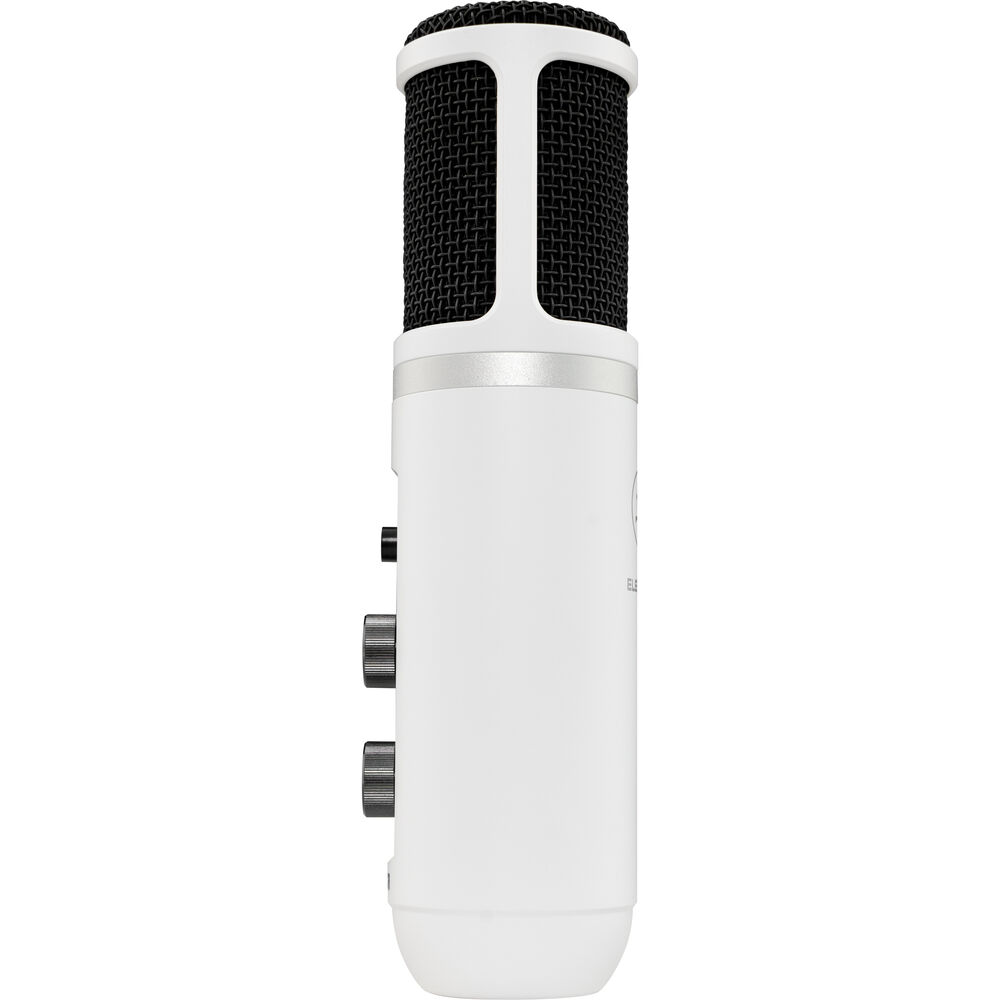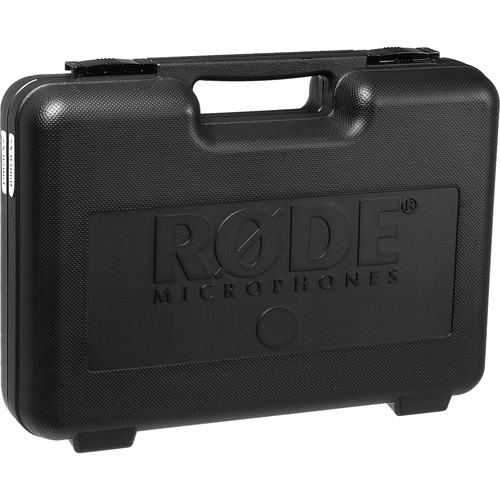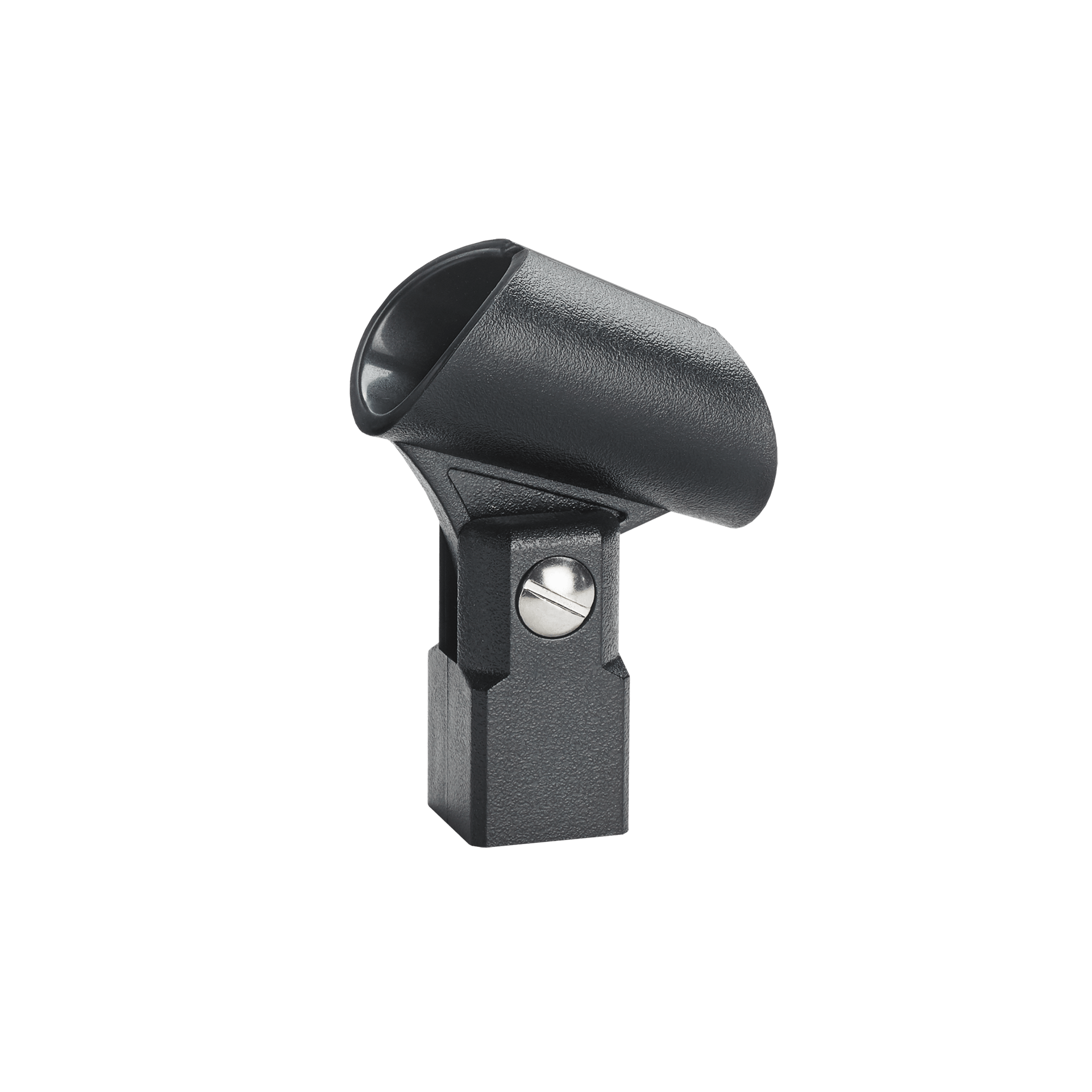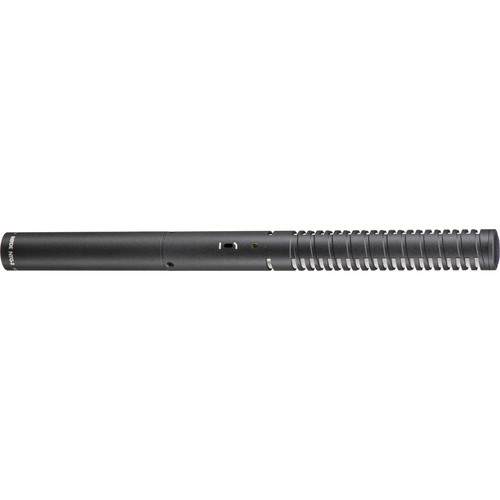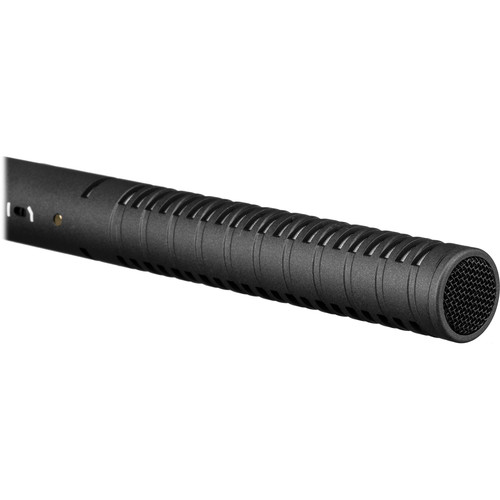Description
If you need a USB mic for recording podcasts, streaming, or tracking vocal parts, the Mackie EM-USB offers a quality sound for just this purpose. It also delivers a reliable and rugged design at a reasonable price, making it both a suitable entry-level product, and a solid choice to augment a podcaster's existing collection. This mic is presented here in a snazzy limited-edition white finish.
With its cardioid polar pattern, the mic rejects sound coming from behind the capsule to tamp down on pesky room ambience; this is a plus for many people who podcast from their home. All the accoutrements you need to get started are included. Mount the mic on the supplied desktop stand, plug the included USB cable to your computer, and you're good to go. As a significant bonus to the entry-level engineer, the EM-USB ships with a download for ProTools | First, Avid's entry into their industry-standard editing/mixing software. Also included is a software bundle containing Tracktion Waveform OEM and 23 high-quality plug-ins to get your recordings polished for broadcast.
Connects to Computers, Android, and iOS Devices
Get started right away, as this mic works directly with your computer. No separate interface or preamp is required. As a bonus, the EM-USB also works with Android and iOS devices, provided you bring your own powered USB 3 hub and device-appropriate adapter to the party.
Cardioid Polar Pattern for the Untreated Room
The microphone makes use of a directional cardioid polar pattern to minimize off-axis sound. This polar pattern naturally, yet effectively tamps down room tone and focuses the audio capture on what's directly in front of the mic, so everyone can clearly hear your voice.
Headphone Monitoring & Easy-to-Use Controls
With its built-in 3.5mm jack, the EM-USB allows you to monitor your audio right from the microphone itself. The controls couldn't be simpler: mic gain, headphone volume, and a handy mute button are all on hand, so you can get the perfect recording and monitoring level right from the mic itself.
Broadcast-Quality Audio Capture
The mic records audio at sample rates and resolutions up to 16-bit / 48 kHz, giving you the broadcast standard for media playback.
Handy Hardware Included
With an included tripod stand, mic mount, and USB cable, you can get up and running right away. Simply place the mic in the mount, attach the mount to the stand, and run the USB cable from EM-USB into your computer.


